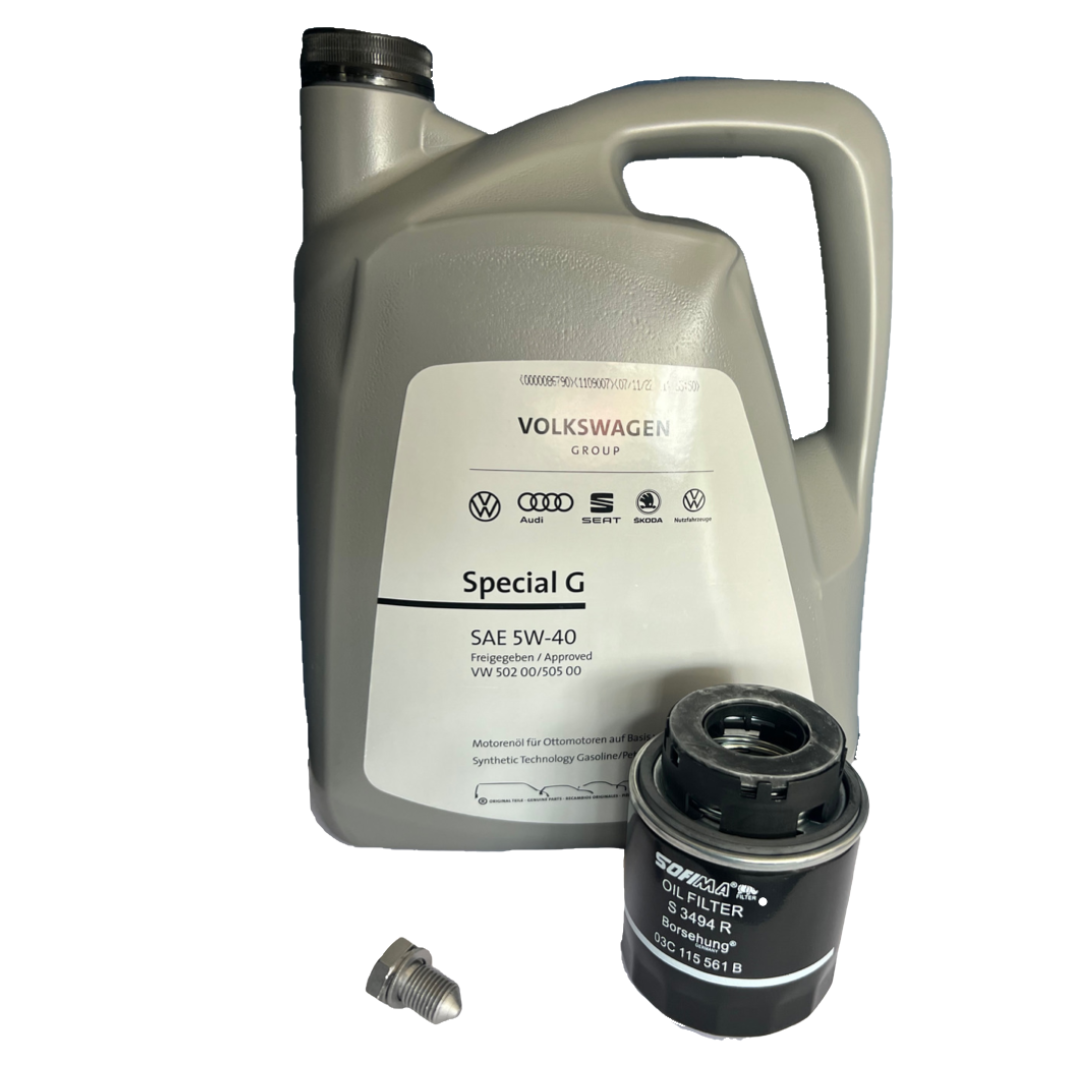Get a powerful clp engine for demanding tasks.
Get a powerful clp engine for demanding tasks.
Blog Article
Exactly How a Clp Engine Can Boost Performance in Different Industries
The arrival of CLP engines notes a considerable shift in functional performance across various sectors, driven by their capacity to enhance fuel usage and minimize downtime. Industries such as production and logistics stand to obtain substantially from their robust layout and regular power output, which guarantee to enhance procedures and improve productivity. As organizations increasingly focus on sustainability together with effectiveness, the role of CLP engines comes to be much more critical. What continues to be to be seen is just how these innovations will certainly shape the future landscape of commercial operations and their influence on wider financial fads (clp engine).
Review of CLP Engines
CLP engines, or Constant Liquid Propellant engines, represent a significant innovation in propulsion technology, particularly for room applications. These engines utilize a constant feed system that enables for the sustained expulsion of propellant, resulting in improved performance and performance compared to standard strong or hybrid propulsion systems. By keeping a consistent flow of liquid propellant, CLP engines can achieve extra specific drive control, which is vital for navigating spacecraft in different mission scenarios.
The layout of CLP engines integrates advanced products and ingenious fuel administration systems. clp engine. This causes reduced weight and raised dependability, essential aspects for long-duration room objectives. In addition, the continuous procedure lessens the threat of burning instability, a common challenge in conventional rocket engines.

Benefits in Manufacturing
The manufacturing of Constant Liquid Propellant (CLP) engines offers numerous significant advantages that boost both effectiveness and cost-effectiveness. One of the main benefits is the streamlined production process, which reduces the complexity linked with conventional propulsion systems. By utilizing fluid propellant, producers can attain better accuracy in engine efficiency, leading to maximized power output and decreased waste.
Additionally, CLP engines assist in a greater level of modularity, enabling for much easier assimilation into various manufacturing lines. This adaptability can dramatically decrease preparations and boost total operational flexibility. The usage of CLP innovation likewise often tends to lessen the requirement for substantial maintenance due to less moving components, which translates right into decreased downtime and operational prices.

Applications in Logistics
Leveraging Continual Liquid Propellant (CLP) engines in logistics offers considerable advantages in functional effectiveness and reliability. These engines supply a robust solution for various transportation demands, allowing the smooth activity of goods across substantial distances. The fundamental style of CLP engines site enables for consistent power output, which equates into smoother and extra predictable transport timetables.
One of the vital applications of CLP engines in logistics remains in sturdy products transport, where they can drive both ground and aerial vehicles. Their capability to preserve high performance under varying lots problems makes sure that shipment timelines are met, therefore boosting consumer fulfillment. Furthermore, CLP visite site engines can be integrated right into automated logistics systems, promoting real-time tracking and optimizing course planning.
Moreover, the resilience of CLP engines reduces upkeep downtime, enabling logistics companies to optimize their operational capacities. This is especially advantageous in warehousing procedures, where effectiveness in handling and moving products is crucial. As logistics continues to progress, the integration of CLP engines stands for a forward-thinking method that not just improves efficiency but additionally supports the market's growing needs for dependability and rate.
Influence On Power Efficiency
Just How do Continuous Liquid Propellant (CLP) engines boost energy effectiveness in transportation? CLP engines use a consistent flow of liquid gas, maximizing combustion procedures and keeping a secure thrust outcome. This layout minimizes energy losses connected with standard combustion engines, where gas distribution can vary and bring about ineffectiveness.
The continuous operation of CLP engines permits a much more effective thermal cycle, leading to higher certain impulse contrasted to standard engines. clp engine. This equates to decreased gas usage for the exact same amount of work done, dramatically reducing functional expenses throughout various transport sectors, including aviation and maritime industries
Moreover, the ability of CLP engines to maintain optimal performance under differing tons problems decreases the demand for frequent acceleration and slowdown, better improving fuel effectiveness. Boosted power performance not only adds to cost financial savings however also leads to reduce greenhouse gas emissions, straightening with worldwide sustainability objectives.
Future Trends and Innovations
Arising advancements in Constant Fluid Propellant (CLP) engine technology promise to revolutionize the landscape of transportation efficiency and sustainability. As markets pivot toward web greener choices, CLP engines stand at the leading edge, incorporating cutting-edge products and layout approaches that improve efficiency while decreasing ecological impact.
Among the most appealing fads is the adoption of crossbreed systems that combine CLP engines with renewable resource resources. This harmony can maximize gas consumption and reduce discharges, lining up with international sustainability goals. Advancements in computational liquid dynamics (CFD) are facilitating the design of even more aerodynamically reliable engines, leading to minimized drag and improved gas efficiency.
Moreover, the development of smart tracking systems is readied to boost functional efficiencies. These systems take advantage of information analytics and IoT modern technology to optimize engine efficiency in real-time, ensuring that the engines operate within their most effective parameters.
As research continues to explore different propellant formulations-- such as biofuels and artificial fuels-- the future of CLP engines looks appealing. By taking advantage of these innovations, industries can not just improve their performance but also add significantly to a cleaner, a lot more lasting future in transportation.
Verdict
In conclusion, CLP engines stand for a significant advancement in performance across several markets. The integration of advanced products and less relocating parts decreases maintenance requirements, while positioning with sustainability goals placements CLP engines as a crucial innovation for the future.
Report this page